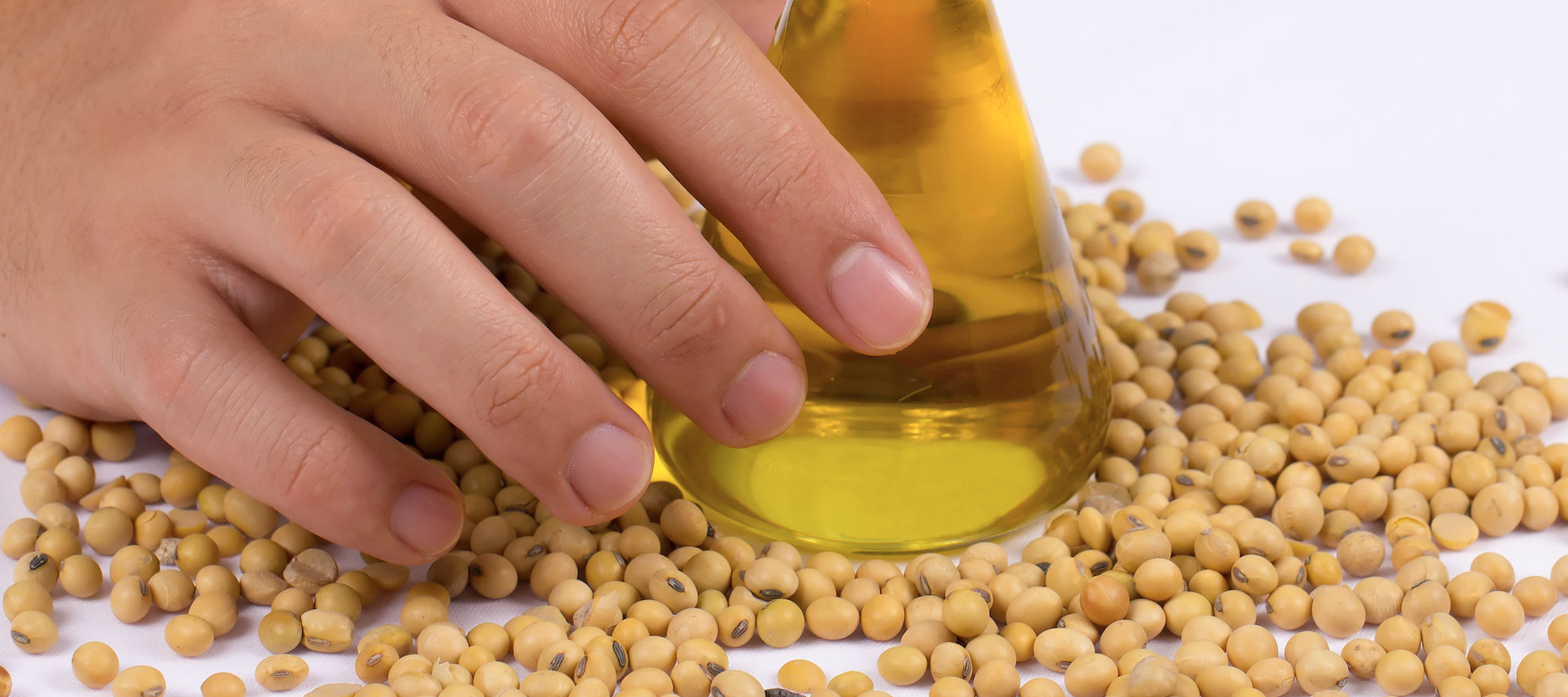11.21.2025
Sausage casings bulletin, November 21, 2025

...

Soybean Oil Rises to New Record on Gains in Soybean Market
Vegetable oil futures were mixed on Wednesday as soybean oil prices continued to rally, while nearby palm oil prices declined slightly and deferred contracts posted modest gains. Robust demand from the biofuels industry continues to drive soybean oil values. Still, rising soybean futures and uncertainty about a potential strike by crush industry workers in Argentina also contributed to the buying. A recovery in crude oil prices also contributed to the bullish tone.
The moves drove the spread between the May soybean oil and palm oil contracts to a new high of 12.7 cents per pound. The July spread settled at the same level and just below the high it set on Monday. The Jacobsen believes the spreads could trade as wide as 16 cents per pound and potentially higher if Malaysian inventories start to build more quickly than anticipated.
A sharp rally in energy prices drove the spread between soybean oil and heating oil futures lower. However, the gains in soybean oil futures limited the decline and left the spread just below $2.55 per gallon. The drop sets $2.60 as potential resistance, which, combined with a gap between Monday and Tuesday’s prices, could suggest short-term weakness.
Soybean oil prices gained about one percent (May contract +46 basis points per pound) after trading about one percent lower in the overnight session. The move left the benchmark contract at a new record high and nearly four cents above the low set on Friday. The follow-through buying after the limit move on Monday suggests that while the closure of some crushing plants in Argentina may have been responsible for the extreme movement on Monday, bullish domestic and World vegetable oil fundamentals continue to support the potential for further gains.
Palm oil futures were modestly mixed with nearby contracts down less than 1/4 percent (June contract -7 ringgit per tonne) while deferred contracts rose by about 1/4 percent (December contract +7 ringgit). Palm oil prices traded lower early in the session, but a report from the Indonesian Palm Oil Association (GAPKI) at an industry conference suggesting inventories in Indonesia would decline by about 50 percent in 2021 triggered buying. Presentations by other industry analysts suggested palm oil prices were in the upper end of the range of prices for the year. Those analysts predicted that rising seasonal output and a sluggish recovery in demand would drive prices substantially lower in the coming months.